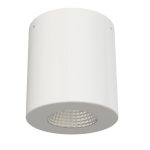LED Light Hourly Cost: How Much Can You Save with EnergyEfficient Lighting?
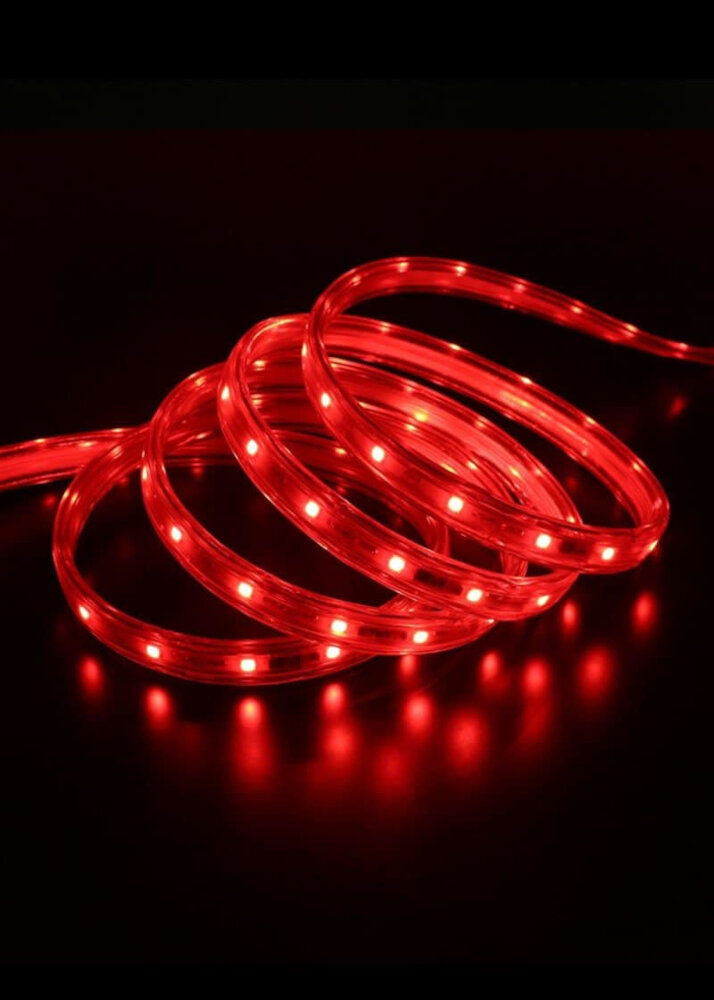
In recent years, the issue of energy efficiency has become more prominent than ever before. As people become more aware of the environmental impact of their actions, they are increasingly looking for ways to reduce their energy usage and carbon footprint. One way to do this is by switching to LED lighting, which offers a range of benefits over traditional incandescent bulbs. Not only do LED lights use less energy, but they also last longer and emit less heat, making them a cost-effective and environmentally-friendly option for homeowners and businesses alike. When it comes to LED lighting, one of the most common questions people have is how much it will cost them in the long run. While the initial cost of LED bulbs may be higher than incandescent or fluorescent bulbs, the savings over time can be significant. In fact, switching to LED lighting can result in savings of up to 80% on energy costs, which can add up to hundreds or even thousands of dollars per year for larger buildings or businesses. Additionally, LED bulbs have a much longer lifespan than traditional bulbs, meaning that they need to be replaced less frequently, further reducing costs and waste. Overall, LED lighting is a smart choice for anyone looking to save money and reduce their environmental impact.
LED lights, or Light Emitting Diodes, are a type of lighting technology that have gained popularity in recent years due to their energy efficiency and long lifespan. Unlike traditional incandescent bulbs, which use a filament to generate light and waste a lot of energy as heat, LED lights convert electricity directly into light using a semiconductor material. This means that they use significantly less energy to produce the same amount of light, resulting in lower electricity bills and less strain on the environment. LED lights are also more durable than incandescent bulbs, and can last up to 25 times longer, reducing the need for frequent replacements and further reducing energy consumption. Overall, LED lights are a smart choice for those looking to save money and reduce their carbon footprint.
Hourly cost of LED lights
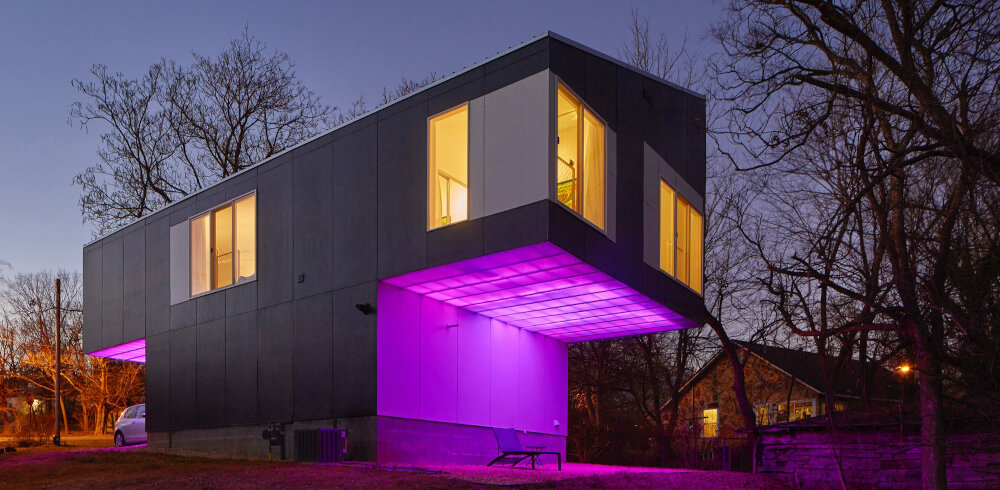
The hourly cost of LED lights is one of the most important factors to consider when deciding whether to switch to energy-efficient lighting. LED lights are known for their energy efficiency and long lifespan, but they can also be more expensive upfront than traditional incandescent or fluorescent bulbs. However, when you factor in the cost savings over time, LED lights are a smart investment for both homeowners and businesses. One of the main advantages of LED lights is their low energy consumption. Compared to traditional bulbs, LED lights use up to 80% less energy, which means you can save a significant amount of money on your energy bills. In addition, LED lights have a longer lifespan than traditional bulbs, which means you will need to replace them less often. This can also save you money on replacement costs and reduce the environmental impact of discarded bulbs. When you consider the energy savings and longer lifespan of LED lights, the hourly cost of LED lights is typically much lower than traditional bulbs, making them a cost-effective and environmentally-friendly lighting option.
To calculate the hourly cost of LED lights, one needs to consider several factors. First, determine the wattage of the LED light and the cost of electricity per kilowatt-hour (kWh) in your location. Divide the wattage by 1000 to convert it to kilowatts, then multiply it by the cost of electricity per kWh. This will give you the hourly cost of running the LED light. For instance, if you have a 10-watt LED light and the cost of electricity per kWh is $0.15, the hourly cost of running the LED light would be $0.0015. It’s important to note that LED lights are energy-efficient and can save you money on your electricity bill in the long run.
When compared to traditional light bulbs, LED lights offer numerous advantages. Firstly, LED lights are much more energy-efficient and consume less electricity, which results in lower electricity bills. Secondly, LED lights have a much longer lifespan than traditional bulbs, which means they don’t need to be replaced as frequently. Additionally, LED lights are more durable and resistant to shock and vibration. This makes them ideal for use in environments that are prone to damage or wear and tear, such as factories or warehouses. Finally, LED lights are available in a wider range of colors and brightness levels than traditional bulbs, making them more versatile and practical for a range of applications. Overall, the benefits of LED lighting over traditional bulbs are clear, and switching to LED lights can save consumers significant amounts of money in the long run.
Energy savings with LED lights
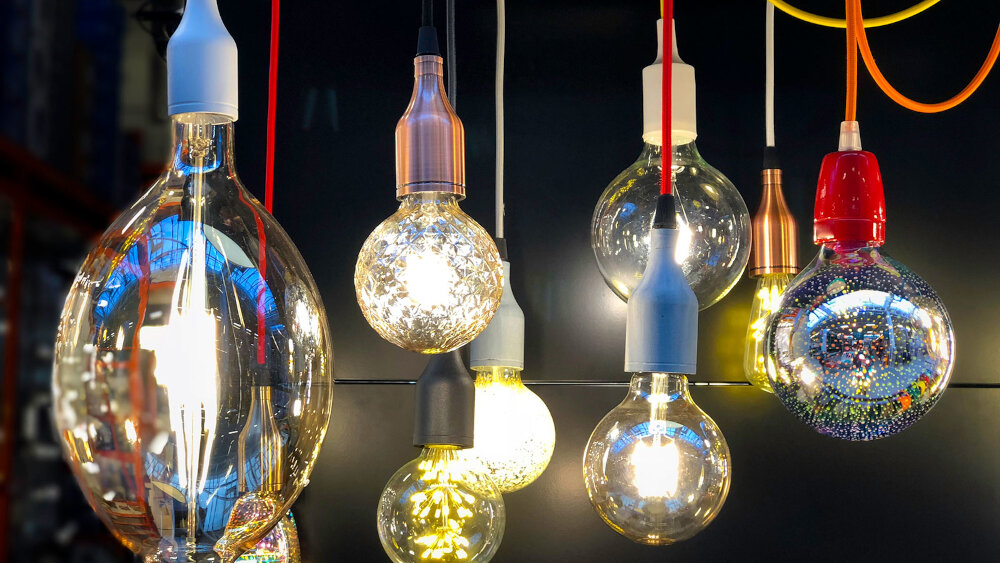
LED lights are a popular and energy-efficient lighting solution that can help save a significant amount of money on electricity bills. Compared to traditional incandescent bulbs, LED lights use up to 80% less energy, which not only helps reduce the cost of electricity but also contributes to a greener environment by reducing carbon emissions. Furthermore, LED lights have a longer lifespan, which means they need to be replaced less frequently, reducing the amount of waste generated. In addition to the cost and environmental benefits, LED lights offer other advantages, including increased durability, versatility, and design options. LED lights can be used in a variety of settings, including homes, offices, outdoor spaces, and commercial buildings, and can be customized to fit specific needs and preferences. Furthermore, LED lights are available in a range of colors and styles, allowing users to create different atmospheres and moods. Overall, LED lights are a smart and sustainable choice for anyone looking to save money, reduce energy consumption, and improve the quality of their lighting.
LED lights use less energy because they convert electrical energy into light energy more efficiently than traditional incandescent bulbs. Incandescent bulbs operate by heating a filament until it becomes hot enough to emit light, which results in a significant amount of energy being lost as heat. In contrast, LED lights use a semiconductor material that emits light when an electric current passes through it. This allows LED lights to convert almost all of the electrical energy they consume into light, resulting in a reduction in energy consumption and a longer lifespan. Additionally, LED lights emit less heat than incandescent bulbs, reducing the need for cooling systems and further reducing energy consumption. Overall, the efficiency of LED lights makes them a cost-effective and environmentally friendly choice for lighting.
When compared with traditional light bulbs, LED light bulbs have proven to be much more energy-efficient and cost-effective. While traditional bulbs only convert about 5% of the energy they consume into light, the rest is lost as heat. On the other hand, LED bulbs convert nearly 95% of the energy they consume into light, making them much more efficient. Additionally, LED bulbs last much longer than traditional bulbs, meaning that they require less frequent replacement and maintenance. This makes them an excellent choice for those looking to save money on their electricity bills and reduce their carbon footprint. Overall, the benefits of LED lighting make it a great investment for anyone looking to make their home or business more energy-efficient.
Cost savings with LED lights
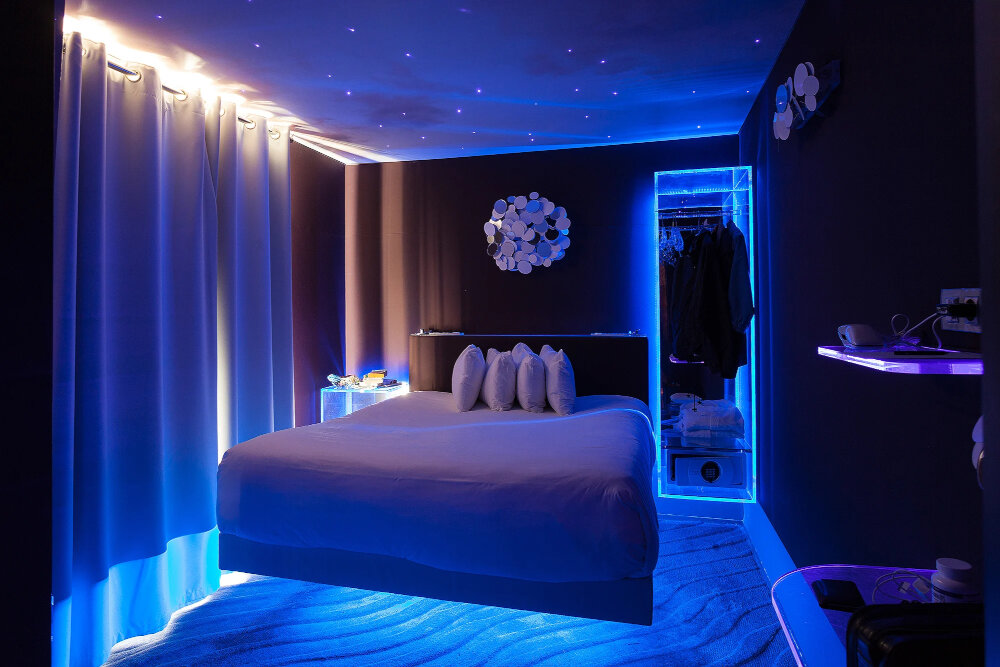
When it comes to energy-efficient lighting, LED lights are the most cost-effective option. LED lights use up to 80% less energy than traditional incandescent bulbs, which means significant cost savings for consumers. Additionally, LED lights have a much longer lifespan, lasting up to 25 times longer than traditional bulbs. This means that not only will you save on your energy bill, but you will also save on replacement costs in the long run. Another way that LED lights save money is through their efficiency in converting energy to light. Traditional incandescent bulbs waste a lot of energy as heat, while LED lights convert almost all of the energy they use into light. This means that you get more light per watt of energy used, which translates to cost savings on your electricity bill. In fact, switching to LED lights can save you up to $75 per year on your energy bill, depending on how many lights you have and how long they are used each day. Overall, the cost savings of LED lights make them a smart investment for any home or business looking to reduce their energy costs and environmental footprint.
Energy savings can have a direct impact on cost savings, especially when it comes to lighting. LED lights have become increasingly popular due to their energy-efficient nature, which translates to lower electricity bills. LED lights consume less electricity compared to traditional lighting options, resulting in a significant reduction in energy costs. Additionally, LED lights have a longer lifespan than traditional bulbs, meaning they need to be replaced less frequently, leading to further cost savings. By switching to LED lighting, businesses and homeowners can save a considerable amount of money over time, making it a wise investment in the long run.
One of the most important factors to consider when evaluating the cost savings of LED lighting is the potential energy savings. To calculate the potential cost savings, you need to consider the wattage of the existing lighting fixtures, the number of hours they are in use each day, and the cost of electricity in your area. Once you have this information, calculate the total energy consumption per day, and then multiply it by the number of days in a year to get the total annual energy consumption. Next, calculate the energy consumption of the LED lighting fixtures and compare it to the existing fixtures. The difference between the two will give you an estimate of the potential energy savings. Finally, multiply the energy savings by the cost of electricity in your area to get the potential cost savings. By using this method, you can determine how much you can save by switching to energy-efficient LED lighting.
Other benefits of LED lights
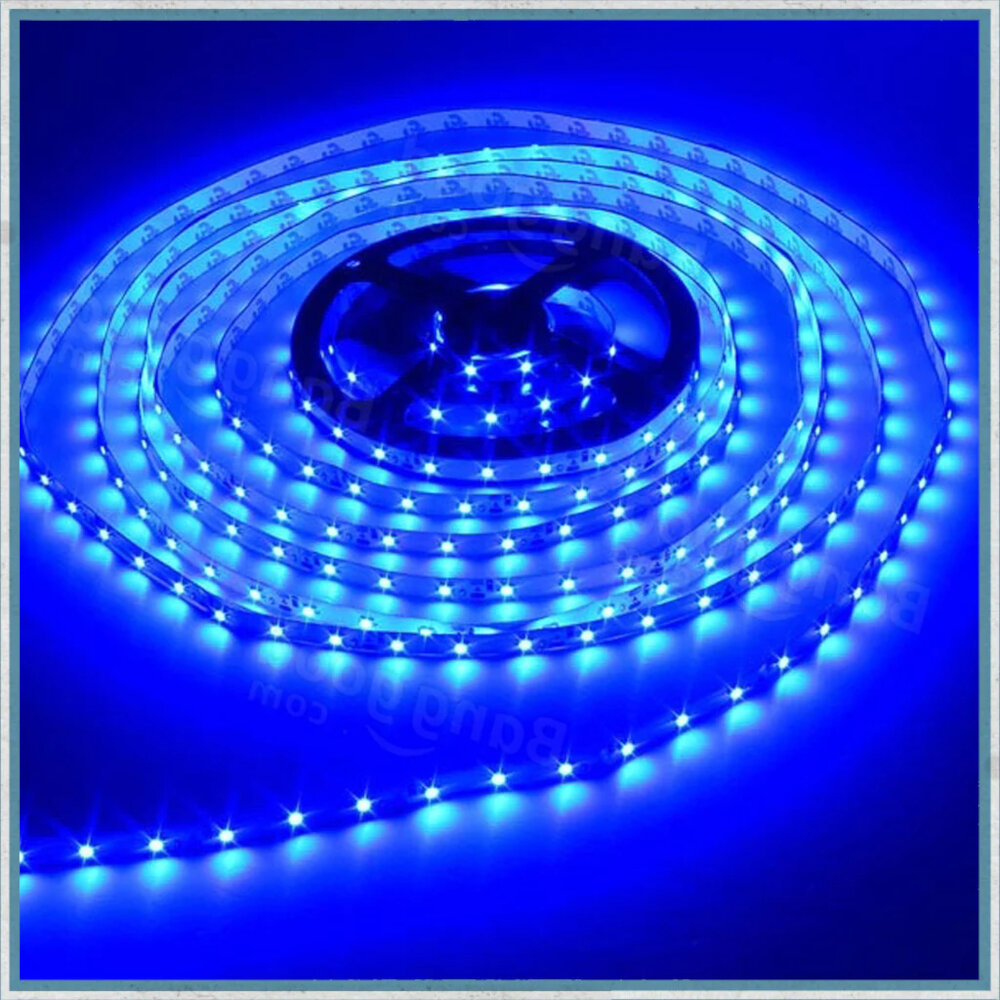
In addition to energy efficiency and cost savings, LED lights offer a multitude of other benefits. One such benefit is their long lifespan. LED bulbs can last up to 25,000 hours, which is significantly longer than traditional incandescent bulbs. This means that homeowners and businesses alike will spend less money on replacements and maintenance over time. Additionally, LED lights emit less heat than traditional bulbs, which can help reduce cooling costs in warmer climates. They also do not contain harmful materials like mercury, making them a more eco-friendly lighting option. Another benefit of LED lights is their versatility in design. They come in a variety of colors and can be dimmed to create a desired ambiance. They also have the ability to be programmed to turn on and off at specific times, making them a convenient option for outdoor lighting or for those who frequently travel. LED lights also provide better lighting quality, with a more natural light that is less harsh on the eyes. This can improve productivity and overall mood in work or home environments. Overall, LED lights offer a multitude of benefits beyond just energy efficiency and cost savings, making them a worthwhile investment for any space.
In addition to the cost savings associated with using LED lighting, there are other benefits that make it a better choice compared to traditional lighting options. One of the most significant advantages is longer lifespan, which means fewer replacements and maintenance costs. LED lights also have a reduced carbon footprint, as they use less energy and emit fewer greenhouse gases. Furthermore, LED lighting provides improved lighting quality, with brighter and more consistent light that can be customized to suit different spaces and needs. These benefits make LED lighting an excellent investment for businesses and homeowners looking to save money and reduce their environmental impact while enjoying better lighting.
The article \LED Light Hourly Cost How Much Can You Save with Energy-Efficient Lighting\ highlights the importance of using energy-efficient LED lighting as a means of saving money and reducing carbon emissions. It discusses the hourly cost of LED lighting compared to traditional incandescent bulbs, which can save up to 75% on energy costs. It also emphasizes the long lifespan and durability of LED lights, which can last up to 25,000 hours or more. The article also touches on the various factors that can impact energy savings, such as the wattage of the bulb, the number of bulbs used, and the hours of operation. Overall, the article provides valuable insight into the benefits of LED lighting and the potential cost savings associated with its use.
Switching to LED lights can lead to significant cost savings and environmental benefits. LED lights are energy-efficient and consume less electricity, resulting in lower energy bills. In addition, they have a longer lifespan than traditional incandescent bulbs, reducing the need for frequent replacements. LEDs are also environmentally friendly, as they produce less heat and carbon dioxide emissions. Furthermore, they contain no hazardous materials and can be easily recycled. By making the switch to LED lights, you not only save money but also contribute to a greener and more sustainable future for our planet.
Conclusion
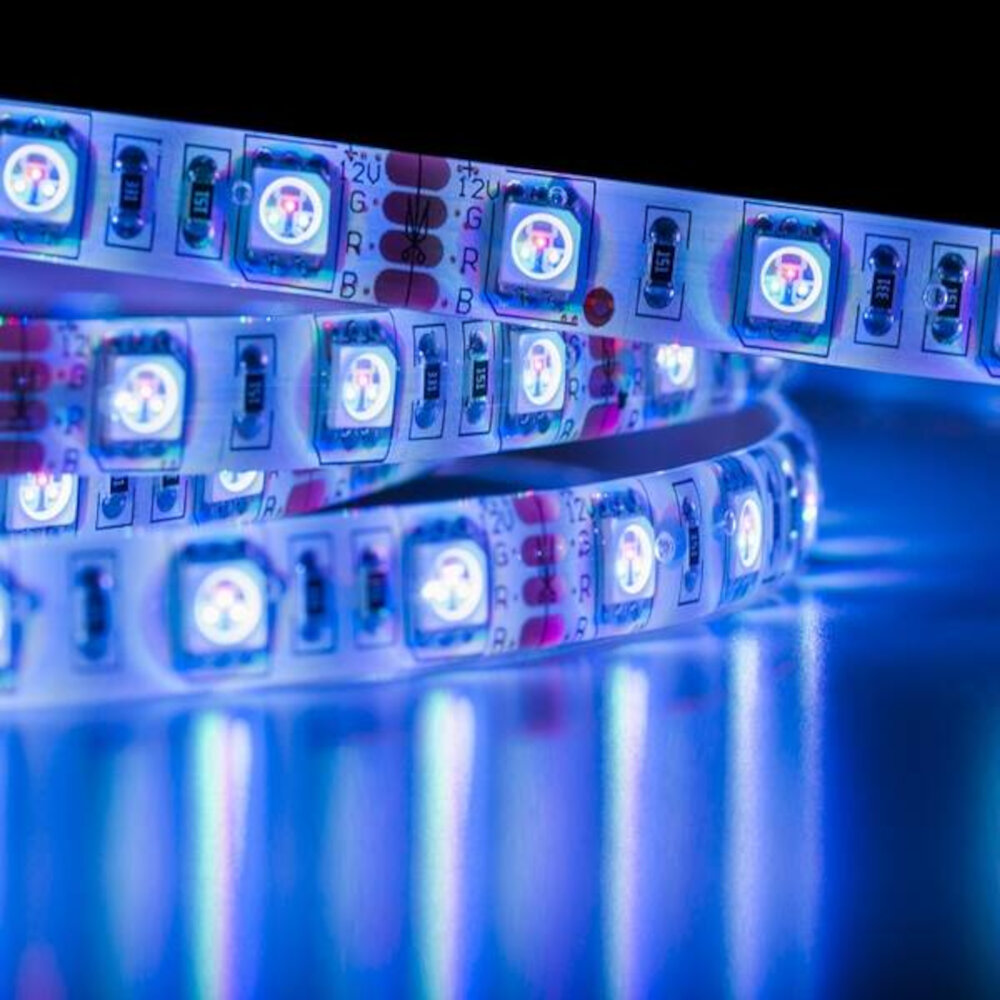
In conclusion, LED lighting is a highly efficient and cost-effective alternative to traditional lighting options. The hourly cost of operating LED lights is significantly lower than that of incandescent or fluorescent bulbs, and LED bulbs have a much longer lifespan. By switching to LED lighting, consumers can save a considerable amount of money on their energy bills over time. In addition to the financial benefits, LED lighting is also better for the environment, as it consumes less energy and produces fewer greenhouse gas emissions. Overall, investing in LED lighting is a smart choice for both individuals and businesses looking to reduce their energy costs and lessen their carbon footprint.


